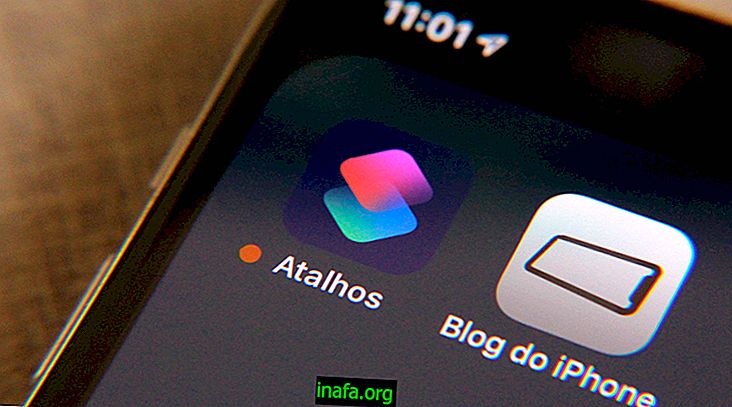9 tips for freeing up space on Android
It is still difficult to find Android smartphones and tablets with a large amount of available space, mainly because it can be very costly. In general, we see many devices offering from 8 GB to 64 GB of internal memory.
But with increasingly heavy applications, larger files, and the amount used only for high-quality photos and videos, it's pretty hard to save space in general. With that in mind, we've listed 9 unmissable tips for you to know how to free up space on Android in a practical and efficient way.

To start thinking about how to free up space on your Android, you need to know how everything is distributed on it. This allows you to check what is really taking up your storage for more efficient cleaning.
To do this, just go to "Settings" and click "Storage." The system itself will show you how much space is being used for app content, images and videos, audio, downloads, cached data, and more. You can click on any of them to scan files and delete anything you want quickly.
2. Know which files and folders take up the most space
In addition to generically checking what is taking up the most space on your device, you can see more specifically which files and folders are heaviest. To do this, you need to use a task-specific external application.
A very good app we can recommend is DiskUsage (click here to download it), which shows you exactly what is using the most storage on Android. You'll see a lot of the system itself that can't be deleted, so just focus on what you know.
3. Use an SD card
As obvious as this tip sounds, there are still a lot of people who don't use SD cards on their Android devices. Unfortunately, there are many devices that no longer support the use of external cards, even for the problems that some of them may cause in the system, so this recommendation only applies to some people.
However, if you have the possibility, consider using such a card on your smartphone or tablet if you find that there are no ways to get more space.
4. Uninstall unnecessary apps

It's normal to forget that many of them are there, but imagine how much space is being taken up by apps or games you never use. Therefore, we recommend that you take a general look at what is installed on your device and uninstall anything you really won't use.
5. Remove Unused Files
The top tip goes exactly for miscellaneous files, whether documents, movies, images, etc. Take a look at your download folder and gallery to see which files are not really needed for you. Delete them or place them elsewhere, such as on your computer or on an external hard drive.
You'll notice the difference right away, as things like this can take up a lot of space without you even noticing.
6. Use cloud services for photos and videos
Since we talk about media files in the topic above, it is worth mentioning the photos and videos we make with our devices. Generally, they are set to always be of the highest quality, which is something you don't even really need to adjust.
In this case, the only thing you need to do is use a cloud storage service to store all these files securely and efficiently. This saves gigabytes of space on your smartphone while still having access to your photos and videos from anywhere.
7. Use music streaming apps

Fortunately, there are several alternative options to get around this, such as streaming music services. Popular options include Spotify and Google Play Music. Both services are paid for so you can listen to music without the need for internet connection, but it's really worth it.
Also read: Top 10 Free Music Download Apps on Android
8. Clear Your Cache
The cache can take up a lot more space unnecessarily than you might think, so it's always good to clean it from time to time. To do this, just go to "Settings", click "Storage" and select "Cache."
You should see how many MBs are being used by it and you can clean it right there with a simple touch. You don't have to repeat this every day, but it's good to do the procedure at least once a month.
9. Delete temporary data
This is not such a common tip for smartphones and tablets yet, but it is something important and it can really help you save your precious storage. As with PCs, you can erase useless temporary data from your mobile device.
You can only get help from certain specific applications, such as CCleaner (click here to download it). The program, which also works wonders on your computer, can clean up anything not needed for your Android. You can even customize cleaning to make the task more efficient.
Did you like our recommendations on how to free up space on Android? So leave your comments saying if you are already following our tips on your device!



